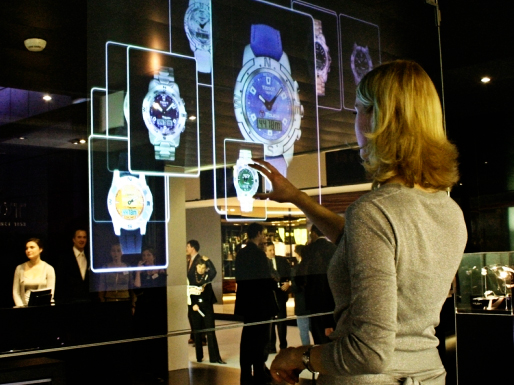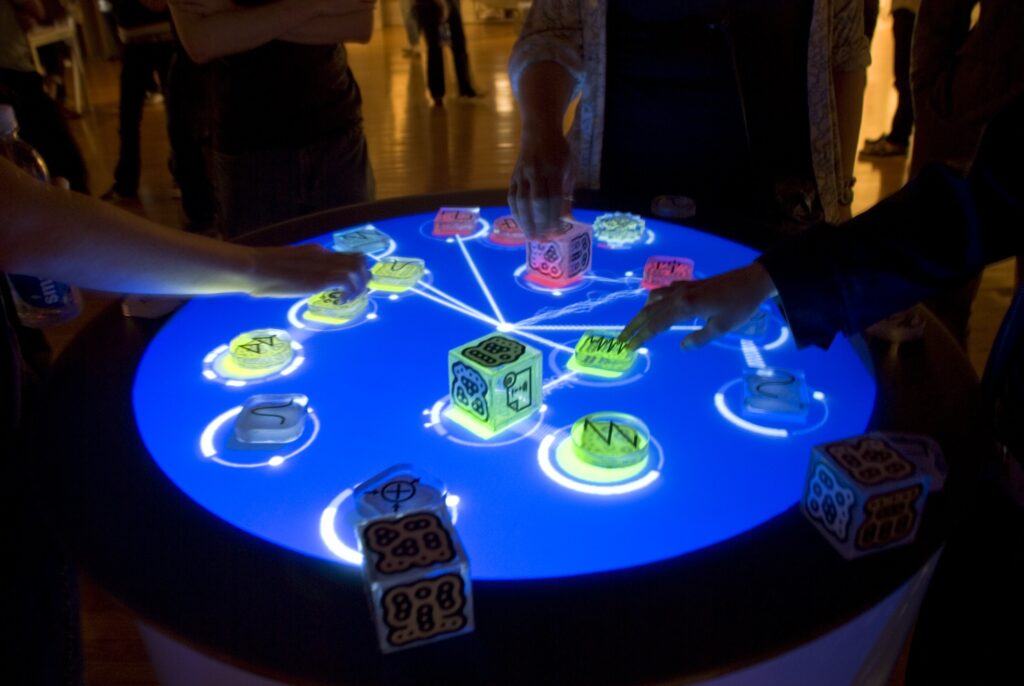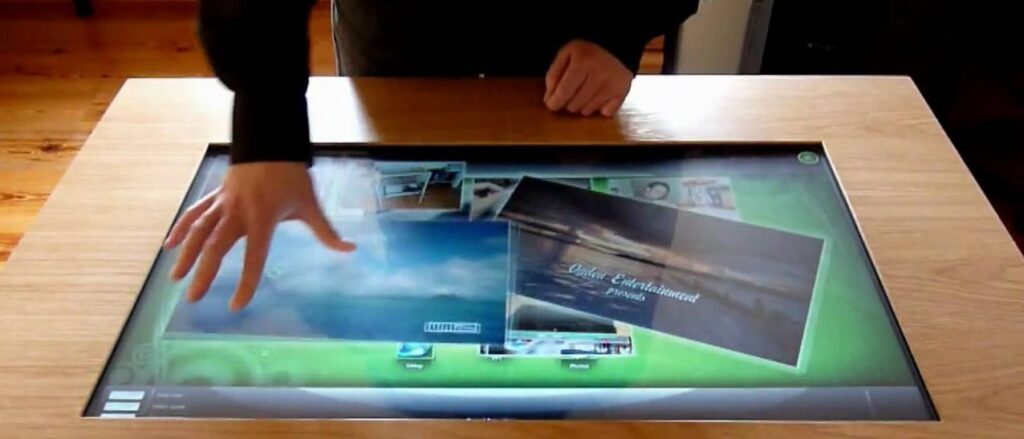In our previous blog, we discussed how Natural User Interfaces are the next big thing in the space of UI designs. But at the same time, we talked about how it’s impossible to build these habit forming interfaces without having a strong UX process in place.
When we talk about building user experience for ‘no shape’ interfaces, UX designers will play a crucial role. They need to combine their understanding of natural human capabilities such as communication, motor, cognitive, and perceptual skills with machine learning to make interfaces that communicate with the user.
In the recent times, interacting with machines has become intuitive. Moreover, the recent developments in NUIs are ensuring that machines can decipher human gestures, touch, voice, and emotions in a much better way. However, designing for Natural User Interfaces is quite challenging as designers have to keep below parameters in mind.
Sounds sci-fi but tiring
Minority Report like office sounds really cool, but working with hands upward for a longer period tire people. UI should naturally and comfortably interact with the users without tiring them.

Can’t afford to overlook the accessibility
Some gestures might not be possible for users with disabilities. Therefore you can’t do away with the support for assistive technology like Joysticks or electronic pointing devices.
My fat fingers
Fingers and thumbs are your direct link to touchscreen devices. Therefore, interfaces should be designed keeping the size of touch targets large enough to respond to fat fingers with enough space given to not accidently tap the nearby links.
One size fits all
The new age interfaces will come in different shapes and sizes, could range from large industrial size installation to smart appliances to smartphones. Designers have to consider all size requirements even when there is ‘no shape’ involved.
Keep the connectivity in mind
The internet connectivity reach and speed is not good in developing countries and therefore the design interfaces should be able to work in low connectivity.
Powerful processing
NUI systems are bound to be really complex and therefore their processing requirements will be high as well. The larger the size of the interface, greater will be the processing load and requires more battery power. The new age devices will support 3D and will place an extra burden on the processor. Advanced features such as voice recognition, fingerprint support, retina scanning and facial verification will also demand extra processing power. This together will increase the cost implications for the interface.

What UX designers can do
User Experience experts dig deeper into the way communication between a device and user happens. They need to keep the below things in mind to help interface communicate better and let a user perform the required action without telling them exactly what to do.
Keep it simple
UX designers should embrace a lot of basic gestures like tapping or swiping to make users feel comfortable with the interaction. Using the most common interactions has a low cognitive load and will be easy to use. The simple interface will be quick to learn as it requires less effort and comes naturally to users.
Everyday gestures
While gestures have to be made less complicated, they should not be confused with the ones we use without thinking. This can lead to unintentional interactions with a device.
Reuse
Interactions that reuse existing skills of the users are effective. Users make a minimum investment in learning a new skill and can quickly become experts.
Progressive learning
The interface that requires users to learn new and complex skills should have a smooth learning path where users can move from basic to advanced tasks with ease. The progressive learning curve breaks advanced tasks into subtasks that use simple skills.

Direct
The interactions of the real world are direct, high-frequency, and context specific. UX designers have to keep the contextual interactions in mind so the resulting interfaces feel more fluid and natural.
Adapting
Natural interactions won’t be able to evolve if the interfaces won’t adapt with them. UX designers have to use the power of data, artificial intelligence, and machine learning to recognize and interpret human patterns so the interfaces can think about outputs based on relative learning.
We have exciting times ahead of us…
Whether you are ready or not, natural user interfaces will replace the graphical user interfaces if not now then definitely in the future. Therefore it’s high time for UX designers to proactively evaluate technology trends, grow, and adapt to the changes within the industry. While natural human experiences go beyond the everyday screen, UX designers have to be more aware of the human-centric interface, shift their mindsets from linear workflows to multi-dimensional areas and from clicking to commands governed by thoughts.
